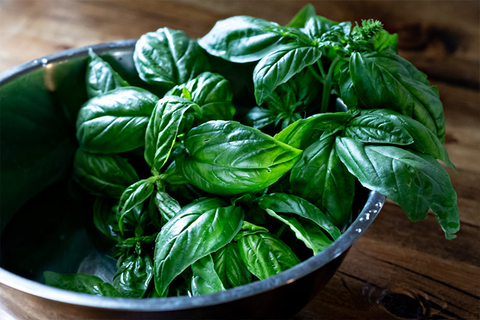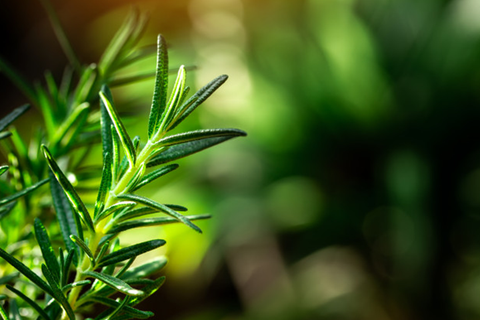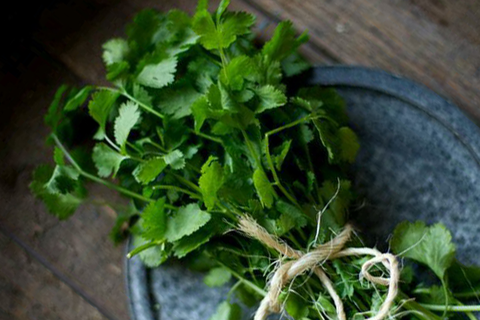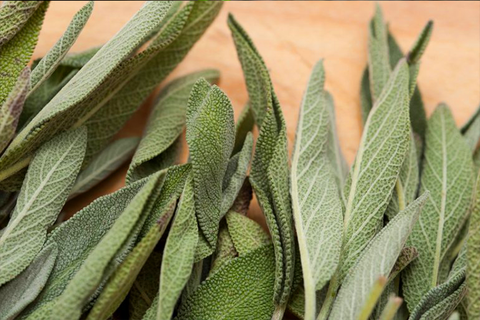Are you looking for ways to add flavour to your food? Adding fresh or dried herbs will instantly enhance the flavour. Culinary herbs are aromatic edible plants used in a small amount to add flavour to the dish. It is a low-fat way to add flavour to food. Herbs pull a recipe together by infusing the dish with unparallel aromas and flavours. Chefs and home cooks love to use fresh and dried herbs to make both dried and savoury dishes ranging from rich sauces to light salads and herb-laced baked goods.
What Are the Distinctive Qualities of Using Fresh and Dried Herbs?
Fresh herbs are preferred over dried ones for culinary purposes. While dried herbs can keep their flavour for up to six months when kept in an airtight container, fresh herbs have a shorter shelf life. Fresh herbs are more frequently added toward the end of the cooking process or as a garnish. While dried herbs are typically used throughout the cooking process, prolonged heat and exposure to moisture can take the flavour out of herbs. Dried herbs contain a more concentrated amount of flavour than fresh herbs and therefore are used in smaller quantities than fresh herbs.
How To Clean Fesh Herbs
To clean, fresh herbs, dunk them in cold water so that all the dirt is removed. Now shake off the excess water and dry the herbs with a paper towel. Delicate herbs like parsley, cilantro, etc., should be handled gently.
How To Store Fresh Herbs
Fresh herbs are great to add flavours but are fragile and get rotten quickly. Below are the ways to keep the herbs fresh.
- Herbs should be loosely wrapped in a wet paper towel and sealed in a plastic bag. It can be kept in the fridge for up to 5 days. Keeping it for a long time may result in a loss of flavours.
- Store herbs in a bouquet style, keep stems down in a jar with water covering 1 inch of the stem ends, and enclose them in a large plastic bag. Make sure to change the water every other day. Most of the herbs will be fresh for up to one week.
- To revive limp herbs, trim half an inch of the stem and place it in ice water for a couple of hours.
- Herbs should only be washed slightly before use and dried with a paper towel.
- Fresh herbs generally get flavourless when heated, therefore it is preferable to add them to a recipe at the very end.
Common Herbs And How To Use Them
- Basil: It is one of the most common culinary herbs. It is a member of the mint family with glossy, deep green leaves and a sweet and savoury flavour with a hint of anise, mint, and pepper. Varieties include sweet basil, lemon basil, and holy basil. It is used in fresh and dried form to flavour dishes ranging from Italian sauces to meat dishes to Asian curries. Basil is One of the key components of pesto sauce.

- Mint: It is a herb that is adaptable and may be used in both savoury and sweet dishes. Mint is treasured throughout the Mediterranean and is used as a complement to lamb and is frequently used in salads. Though there are wide varieties, spearmint is preferred for cooking. You can add mint as a garnish to many drinks.
- Rosemary: It is native to the Mediterranean. It is one of the aromatic and pungent herbs. Its needle-like leaves have a lemon-pine flavour that pairs well with roasted lamb, garlic, and olive oil. Although rosemary gives a great complement to pork, tomato sauce, focaccia, and pizza, it must be used carefully due to its pungent flavour.

- Oregano: It grows wild in the mountain of Italy and Greece. Greeks enjoy oregano in their salad dressing, whereas Italians use it on their pizza. To add flavour to chicken or fish dishes, add chopped oregano to vinaigrettes.
- Thyme: They come in dozen varieties; however, most cooks use french thyme. It is one of the most used herbs in the European kitchen. This congenial herb blends well with a variety of other herbs, including oregano, rosemary, parsley, sage, etc. Its earthiness flavour goes well with pork, lamb, duck, or goose, and it’s much loved in cajun and creole cooking. It is also a primary component of Caribbean jerk seasoning. Because of the small leaves, they often don’t require chopping.
- Cilantro: Another name for cilantro is coriander or Chinese parsley. This is native to Southern Europe and the Middle East. It has a pungent flavor, with a faint undertone of anise. It is often confused with paisley due to its similarity between leaves. It is one of the most versatile herbs that add a distinctive flavour to salsa, soup, stew, curries, salads, vegetables, fish, and chicken dishes.
- Parsley: It is the most versatile herb in almost all dishes you cook. It has a mild and earthy flavour that allows the flavour of other ingredients to come through. Mostly flat-leaf parsley is used for cooking as it is resistant to heat and has more flavour. The cult parsley is used for garnishing, whereas flat lea parsley is used for cooking due to its flavour. You can use parsley on roasted lamb, grilled steaks, fish, chicken, and vegetables.

- Chives: Chives should be added to a dish just before serving since heat ruins their delicate onion flavour. To enhance their flavour, slice them thinly. Or add chives as a garnish that has been finely chopped. Chives go well with baked potatoes, dips, and quesadillas.
- Dill: Its feathery leaves lend a fresh, sharp flavour to all kinds of food: You can use dill in gravlax, cottage cheese, cream cheese, goat cheese, omelettes, seafood (especially salmon), soups, and salads.
- Sage: The northern Mediterranean coast is where it originally came from. Long and narrow leaves of sage have a distinctively fuzzy texture. Italians love it with veal while French people add to their stuffings, meats, sausages, pork dishes, etc. Americans love it with turkey and dressing.

- Tarragon: Despite being a Siberian and Western Asian native, Tarragon is primarily used in France. It is often added to the white vinaigrette leading sweet, delicate liquorice-like flavour and aroma that go well with foods like salmon, omelettes, and mustard-cooked chicken. It is also a major component of bearnaise sauce. Fresh Tarragon has a bittersweet peppery taste. The heat diminishes its flavour, so it is added at the end of cooking or used as a garnish.
- Lemongrass: It has a sour lemon flavour and fragrance. It is frequently used in Thai and Vietnamese cuisine to flavour soups and teas. Remove the outer layer and the white base, then cut off the top and bottom sections to use the lemongrass. Cut it into large pieces to remove it quickly after a dish is cooked.
Now that you know bout various herbs used in cooking, all you have to do is to invest in quality kitchen products. For kitchen appliances, check the wide range of Wonderchef.





No Comments